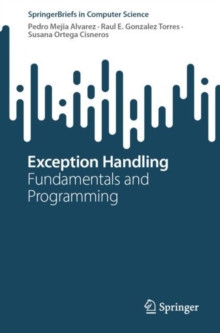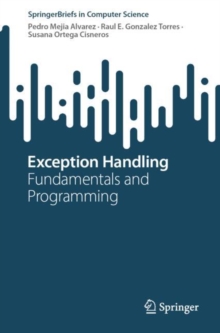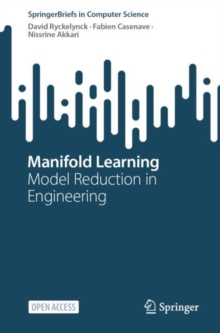
Amplify-and-Forward Relaying in Wireless Communications PDF
by Leonardo Jimenez Rodriguez, Nghi Tran, Tho Le-Ngoc
Part of the SpringerBriefs in Computer Science series
Description
This SpringerBrief explores the advantage of relaying techniques in addressing the increasing demand for high data rates and reliable services over the air.
It demonstrates how to design cost-effective relay systems that provide high spectral efficiency and fully exploit the diversity of the relay channel.
The brief covers advances in achievable rates, power allocation schemes, and error performance for half-duplex (HD) and full-duplex (FD) amplify-and-forward (AF) single-relay systems.
The authors discuss the capacity and respective optimal power allocation for a wide range of HD protocols over static and fading channels.
Then, optimal amplification coefficients in terms of achievable rate are presented.
Chapters also examine performance with finite constellations, including the error and diversity performance.
The brief concludes with a capacity and error performance analysis of the FD relay mode of operation, where the residual self-interference due to FD transmission is explicitly taken into account.
Amplify-and-Forward Relaying in Wireless Communications reveals the benefits and challenges of relaying techniques.
It is designed for researchers and professionals in wireless communication.
This material is also appropriate for advanced-level students in electrical engineering and computer science.
Information
-
Download - Immediately Available
- Format:PDF
- Publisher:Springer International Publishing
- Publication Date:22/05/2015
- Category:
- ISBN:9783319179810
Other Formats
- Paperback / softback from £40.99
Information
-
Download - Immediately Available
- Format:PDF
- Publisher:Springer International Publishing
- Publication Date:22/05/2015
- Category:
- ISBN:9783319179810










